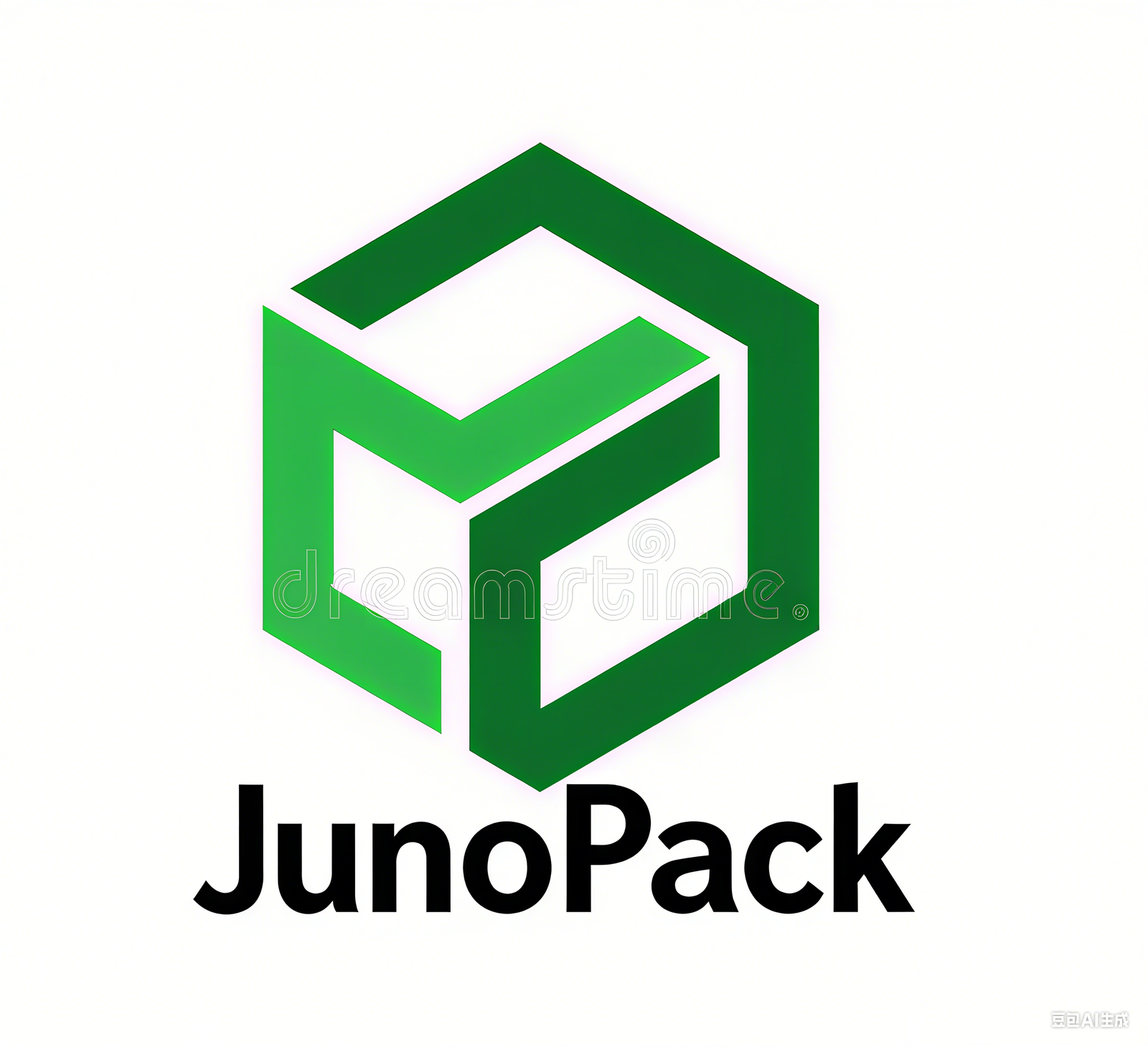Email : info@jonopackpro.com
What Determines the Quality of Flexible Packaging

Why do some flexible pouches last longer, look sharper, and perform better than others? The answer lies in the materials, manufacturing processes, and quality control standards used during production. For brands that rely on packaging to protect their products and enhance their market appeal, understanding these factors is essential.
1. Material Selection
The quality of flexible packaging starts with the materials used:
- Plastic Films: PE, PP, and PET films provide strength, flexibility, and barrier protection. Higher-grade films often deliver better tear resistance and durability.
- Laminates: Multi-layer laminates, such as PET/AL/PE or BOPP/CPP, enhance barrier properties against oxygen, moisture, and light. Poor lamination can lead to delamination and product spoilage.
- Eco-Friendly Options: Recyclable and compostable films, including PLA and PBAT blends, must meet both functional and environmental standards to maintain product integrity.
2. Printing Quality
High-quality printing is not just about aesthetics—it also affects brand perception and durability:
- Resolution & Color Accuracy: Sharp, vibrant printing ensures products stand out on retail shelves.
- Surface Finishes: Matte, gloss, or metallic finishes can enhance visual appeal while maintaining the integrity of the packaging.
- Consistency: Uniform printing across batches is crucial for brand recognition.
3. Sealing and Lamination
The production process is just as important as the materials:
- Sealing Strength: Proper heat-sealing prevents leaks and ensures freshness, especially for food and beverages.
- Lamination Quality: Well-executed laminates prevent layer separation and improve barrier performance.
- Advanced Machinery: High-speed, precision equipment ensures consistent thickness, sealing, and cutting across large production runs.
4. Barrier Properties
Flexible packaging must protect the product from external factors:
- Moisture and Oxygen Resistance: Essential for coffee, snacks, and pet food.
- Light Protection: Certain films block UV light to maintain product quality.
- Temperature Tolerance: Packaging must withstand freezing, refrigeration, or high-temperature transport without deformation or seal failure.
5. Customization and Design
A well-designed pouch or bag enhances both functionality and brand image:
- Bag Type: Stand-up, spout, flat, gusseted, or rollstock options tailored to product type.
- Resealability: Zippers or spouts provide convenience and maintain freshness.
- Window or Transparent Panels: Showcases the product while maintaining barrier protection elsewhere.
6. Why Junopack is a Reliable Supplier
At Junopack, we focus on quality at every step of production:
- Premium Materials: Food-grade, recyclable, and compostable options for diverse industries.
- Advanced Printing & Lamination: Ensuring sharp visuals, accurate colors, and durable barriers.
- Strict Quality Control: Every batch is tested for seal strength, thickness, and barrier integrity.
- Customization Expertise: We guide clients on material, bag type, and design to optimize both function and brand impact.
- International Standards Compliance: ISO, FDA, and BRC certifications for global market acceptance.
Conclusion
Quality in flexible packaging is more than just appearance—it affects product protection, shelf life, and brand perception. By partnering with an experienced manufacturer like Junopack, brands can ensure their packaging is not only functional and durable but also visually appealing and compliant with global standards.
📩 Contact Junopack today to discuss how we can deliver high-quality, custom flexible packaging that meets your exact needs.

